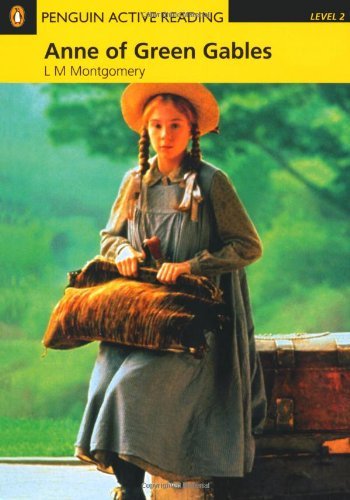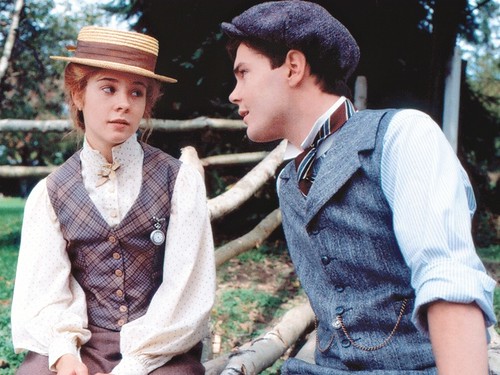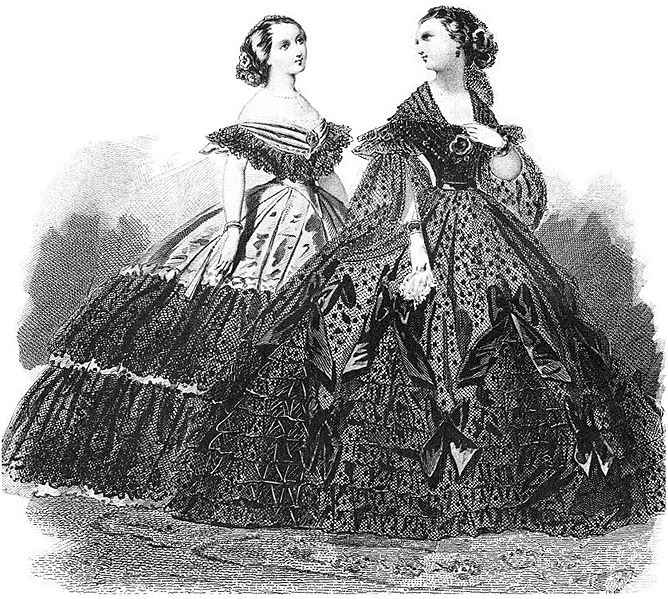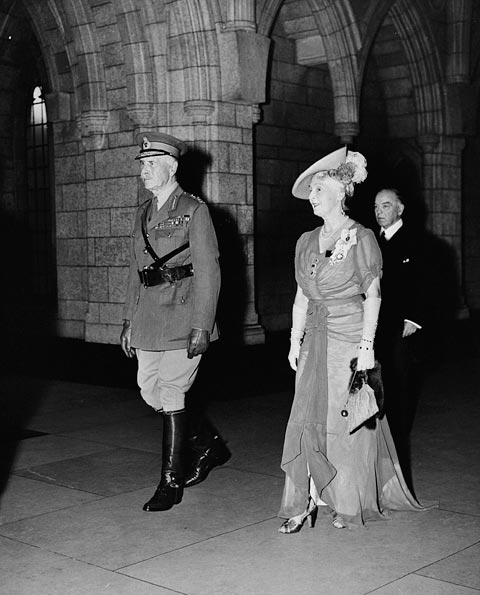I blog a great deal about punctuation, proper grammar, the importance of staying organized and all the work self-published authors have to do in order to get reviews. But at the end of the day, after you're done promoting on Twitter and editing pages and thinking up new ideas, you've got respect the fundamentals of writing. Don't ever forget the most important element of any good fiction book: storytelling.
The Elements of a Story
The art of telling a great story is very complex, at least until you break it down into its most basic parts. You should always try to write realistic dialogue and avoid over-writing throughout. You've got to think about capitalization and comma placement and all of those little details. But before you do any of that, you have to know what story you're going to tell...and you're going to have to make sure it's a complete story.
It's simple -- deceptively so. Many authors seem to forget the most basic element of writing fiction. It's all about storytelling, and when you get right down to basics there are only three parts to any story: a beginning, a middle and an end. Does your book have those three elements? Any short story, any poem, any song, and piece of writing must have these elements. If they don't, the writing is going to feel unfinished and it's sure to feel unsatisfying.
- The Beginning
Your book may have a Page 1, but that doesn't mean it's got a beginning. The beginning of any story should introduce the primary protagonist (the hero or heroine of the story) and ideally, the primary antagonist (the villain, or bad guy). It should also set up all the action that's going to follow. Make sure the reader understands the setting of the story in the beginning, and give the reader just enough background to form a basic understanding of who the characters are.
Lots of authors fail to write a proper beginning because they rush straight to the action that takes place in the middle of the story. This makes the story feel rushed. Instead of allowing things to unfold naturally, the reader is hit in the face with plot right away. Nothing major should develop until the reader has some working knowledge of the main character; how else can the reader accurately judge and process everything that's about to happen?
- The Middle
All the action of the story, the real meat, is in the middle. Many writers excel at writing the middle portion of the story, when it's all love scenes and action scenes and important plot points. Creating a strong middle doesn't mean you've created a strong story, however. If you skimp on the beginning, I don't have the right context for all the stuff that's happening here. And if you skimp on the ending, then you just cheated me and wasted all my time with your half-told story.
- The Ending
The end of the story is where the reader's work all pays off, and it's the trickiest part of any story to write. You don't want to the reader to feel cheated, but you may not be the type to offer a completely satisfying happy ending, either. There are really only two ways to end a story: neat, and cliffhanger. In a neat ending, all the loose ends are tied up. All the questions are answered, the mysteries are resolved and the reader has some idea of where all the important characters have ended up or will end up in their lives. When the Harry Potter series finally came to an end, for example, the reader got to see all the main characters in the future and had a good idea of how their lives ultimately turned out.
It was all nice and neat, with the villain dead and all that. But on the flip side of the ending coin, you've got the cliffhanger ending -- also known as a messy ending. This time, the reader still does have questions. Few things, if anything, have been resolved. The villain is still out there, somewhere, and someday this story is going to continue. It's tricky to write cliffhanger endings, because you have to do it in a way that doesn't discourage the reader. Give them a reason to stick with your book series without insulting them too badly at the end of the book. Some resolution should be provided; some progress must be made within the pages of the story itself. Make it clear that this chapter of the story, at least, has come or is coming to its end.
The ending completes any story, or continues it to its next phase. Do it badly, and the reader will have a lasting negative impression of your work. Do it well, and they'll keep coming back for more stories. The ending will make or break your book, but you've got to put just as much effort into the beginning and middle, too. Remember the fundamentals of writing, and your writing will be a lot better.
It was all nice and neat, with the villain dead and all that. But on the flip side of the ending coin, you've got the cliffhanger ending -- also known as a messy ending. This time, the reader still does have questions. Few things, if anything, have been resolved. The villain is still out there, somewhere, and someday this story is going to continue. It's tricky to write cliffhanger endings, because you have to do it in a way that doesn't discourage the reader. Give them a reason to stick with your book series without insulting them too badly at the end of the book. Some resolution should be provided; some progress must be made within the pages of the story itself. Make it clear that this chapter of the story, at least, has come or is coming to its end.
The ending completes any story, or continues it to its next phase. Do it badly, and the reader will have a lasting negative impression of your work. Do it well, and they'll keep coming back for more stories. The ending will make or break your book, but you've got to put just as much effort into the beginning and middle, too. Remember the fundamentals of writing, and your writing will be a lot better.






























